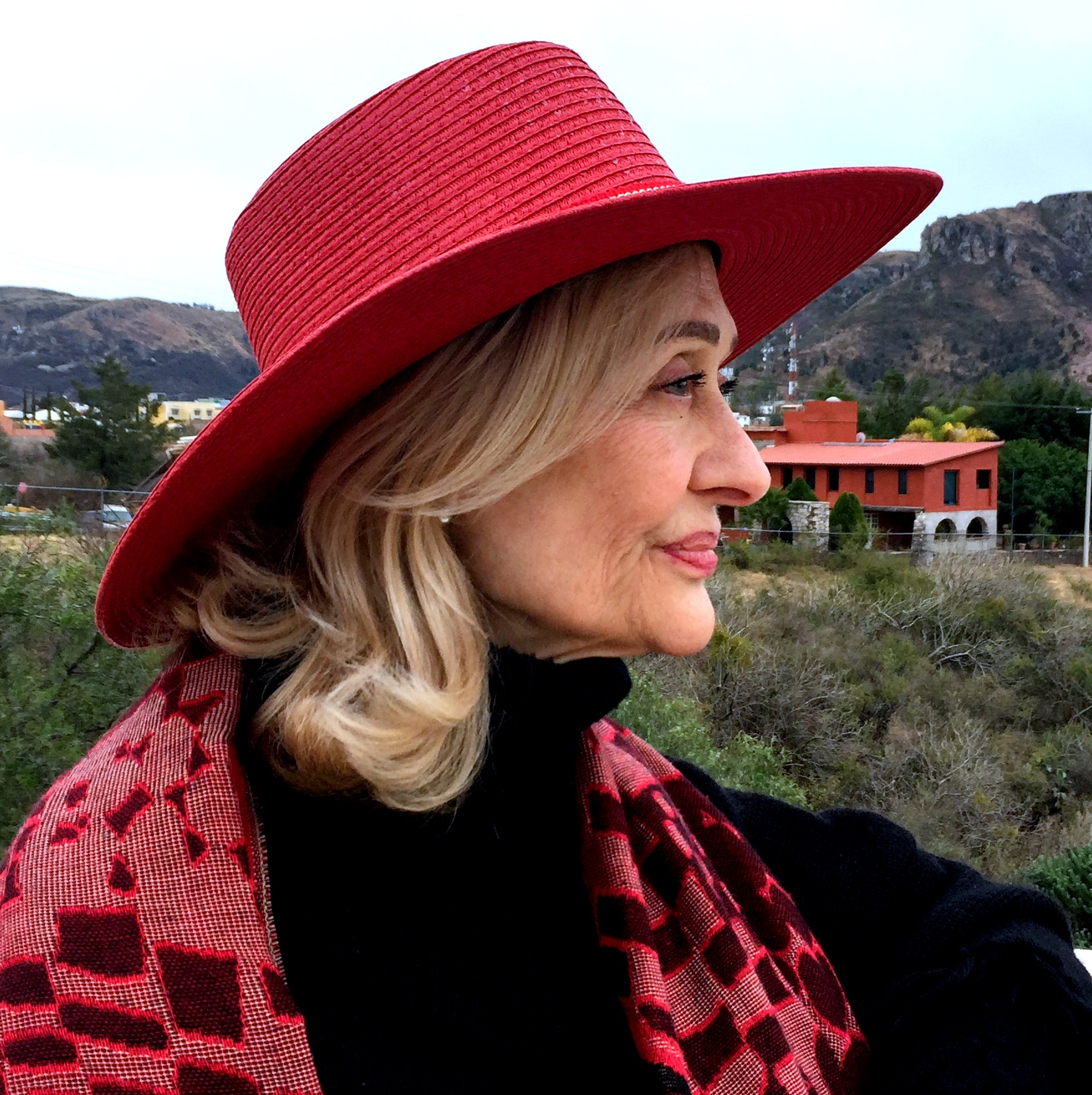 The Mediterranean diet is a sustainable nutritional approach which became a “nutritional lifestyle” for our final years at the ranch. It began in 2006, when Dr. Andrew Weil’s e-newsletter which we received at the ranch suggested “detoxing”
The Mediterranean diet is a sustainable nutritional approach which became a “nutritional lifestyle” for our final years at the ranch. It began in 2006, when Dr. Andrew Weil’s e-newsletter which we received at the ranch suggested “detoxing” our kitchen cabinets. All the sugar, flour, and processed foods from our shelves filled a bushel basket – which we quickly removed.
our kitchen cabinets. All the sugar, flour, and processed foods from our shelves filled a bushel basket – which we quickly removed.
This process inspired our food journey.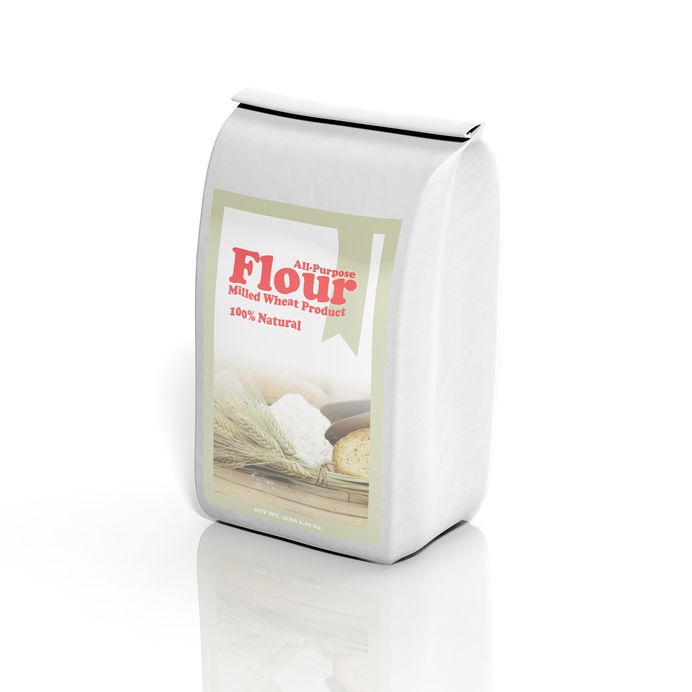 We simply never replenished these items in our kitchen cabinets.
We simply never replenished these items in our kitchen cabinets.
I have never felt deprived as I did with “diets” of early professional years. In no way did it feel restrictive. Instead, it became a new, lean and liberating nutritional approach providing a constant source of energy.
For Mother,  we replaced pre-packaged, processed “pseudo-foodo” found in the freezer – which she barely touched when it was put in front of her. Who would want it?!
we replaced pre-packaged, processed “pseudo-foodo” found in the freezer – which she barely touched when it was put in front of her. Who would want it?!
We began eating foods included in Dr. Weil’s anti-inflammatory pyramid. At the same time, we began searching primarily for organic food sources and found new and delicious recipes to support our nutritional decisions.
Food Gurus in the Media – circa Y2K
Food gurus were then becoming much more prominent in my awareness. I recall a handful of names from that period. But the name which had become most prominent in our household at that time was Dr. Weil due to his media appearances, his two-time appearance on Time Magazine cover, and our exchange of his books as gifts among family members. 
Our goal was to be the healthiest we could be. So, by the time I read about “detoxing kitchen cabinets,” it just seemed as though we were ready for this step. This was not about having a goal to lose weight. But losing weight became a side-benefit when ten pounds painlessly – almost unnoticeably – slipped away.
Division of Labor – Ranch-style
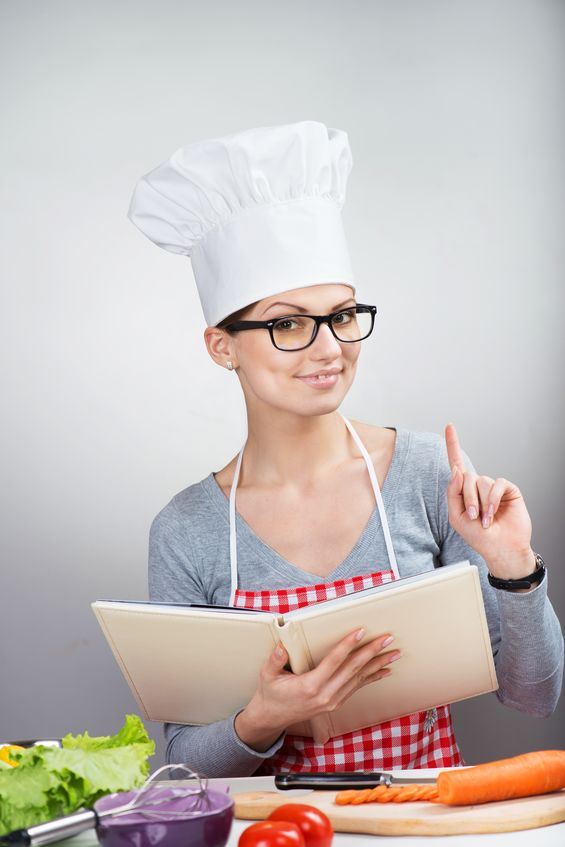 We had several care partners over the years who were excellent cooks. Food preparation became a major part of the care partner role. Our home was filled with wonderful aromas from the slow cooker. So, admittedly, we were downright spoiled when we convened at the table.
We had several care partners over the years who were excellent cooks. Food preparation became a major part of the care partner role. Our home was filled with wonderful aromas from the slow cooker. So, admittedly, we were downright spoiled when we convened at the table.
A typical day would be finding the care partner cooking in the kitchen. Mother and Dad would be reading together and listening to music in their loveseat – while also “supervising” the coming and going of visitors and deliveries at the front door and the activities throughout our lively ranch house.
My daytime role was to continue my online healthcare business – working with physicians – so long as a care partner was in the great room to assist Mother and Dad when needed.
A New Book About How French Women Eat 
Coinciding with our transition to real whole foods, a book about how French women eat was published and was deriving considerable attention in the media. French Women … Their Secret of Eating for Pleasure.
An article written by Mimi Spencer and published by The Guardian in 2004 – the same year in which the book about French Women was published – sums up what I recall to have been notable.
Yes, we were influenced by medical doctors who were beginning to talk about nutrition. But the media attention surrounding this book on how we eat also helped shape our food journey.
Why are French people so slim? What can we learn from a culture which treats food so attentively?
How the Mediterranean Diet is consumed is in stark contrast with  how the standard American diet is consumed.
how the standard American diet is consumed.
- French women focus on carefully preparing unprocessed food – real food – in the kitchen after carefully sourcing it.
- French women eat in a social setting.
- French women enjoy a sensible, sensuous way of eating.
- French women eat slowly – while enjoying both the food and the company.
- French women rarely ever snack between meals.
- French women eat three times a day – and at regular intervals.
- French women don’t think about diets or suffer exercise exhaustion.
- French women are passionate about food – and they savor it.
Back at the Full Circle Ranch – circa 2006
When we became only two at the table following Dad’s death, my awareness was more focused regarding Mother’s care again. I was more observant of her unchanged and impeccable etiquette at the table.
Flashback to Our Farm Food Experience
She had always had an agility, elegance, and grace in her movements – which would have served her well as the tall college basketball player she once was.
She is…
- The one who looked like she was conducting a musical performance when putting the Thanksgiving meal onto the extended table.

- The one serving a complete meal to guests who stopped in unannounced.
- The one who sometimes filled in driving the tractor when needed – and then pulled up to the house to help us finish putting out the meal for the farm crew.
- The one coordinating mid-afternoon refreshments for the men in the field – after serving a full dinner at noon and before a full supper in the evening.
- The one pouring fresh coffee for everyone – anytime. It was her way of extending hospitality.
Food preparation had been only one of her multiple – and mostly invisible – roles, but the food experience was such an important part of our farm experience! When we gathered together for a meal at the extended table following her 1997 diagnosis, she told family members she had had a good life!
Like Two French Women Lunching Together
By now – 2006 – we were eating together – like two French women savoring every bite. I was following her pace. 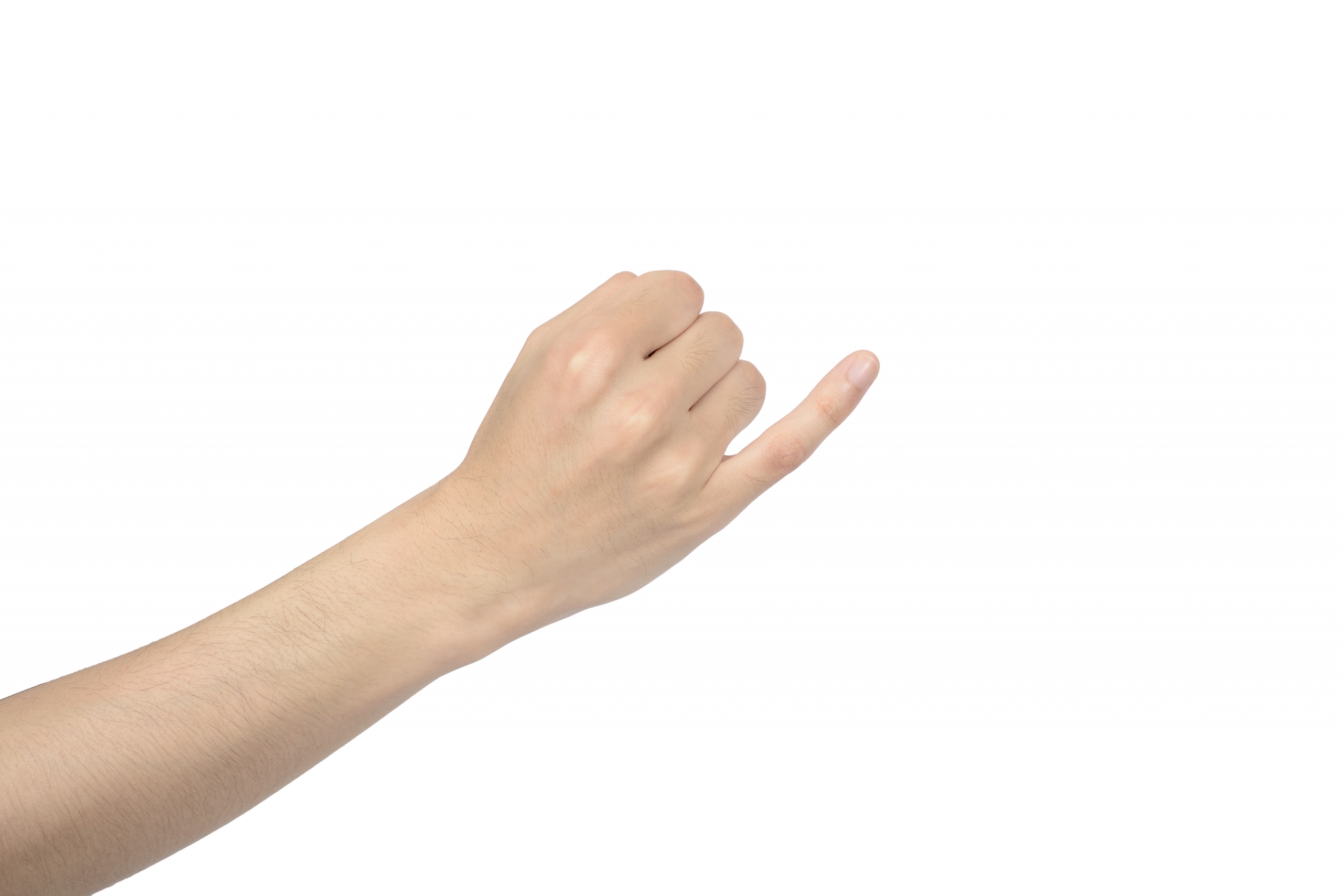 She was continuing to teach me by her example. How very civilized!
She was continuing to teach me by her example. How very civilized!
I wondered when she would have adopted the practice of drinking from her cup or glass with her pinkie finger lifted. Such gentility! Perhaps we had more French ancestry than we knew!? Or perhaps she had gone to a finishing school in an earlier life…?
This was a time to savor our food experience as I continued to learn lessons from her. In our own way, it was a communion.
Now – South of the Border
Currently, I do my own cooking using recipes we began collecting at the ranch.  My experience in food shopping and preparation south of the border connects me – almost directly again – with the source of what I consume.
My experience in food shopping and preparation south of the border connects me – almost directly again – with the source of what I consume.
A beautiful young woman known in the arts community provides fresh organic products from farms surrounding the city. Until one year ago, she was delivering organic groceries directly to my casita at the top of the mountain.
She has just celebrated the one-year anniversary of her organic store. I interface with her directly via WhatsApp with special requests – or just to let her know when I will be there to shop. It is quite delightful to watch the store grow and to support her venture.
Savoring Countless Health Benefits 
Shopping, anti-bacterial soaking, chopping, and cooking. It’s a process requiring time, but also one with countless health benefits when done Mediterranean-style.
Two key words from this food journey – sustainability and lifestyle. Not a diet, but a lifestyle – for life!
The transition from obsessive “dieting” in early professional days – to a sustainable nutritional lifestyle – began with the kitchen cabinet detoxification process – and the removal of sugar, flour, processed foods from the kitchen. But, there’s more to the equation.
The Missing Ingredient in Western Diets
Is our mindless consumption of fast food making us sick? Would mindful attention to both what and how we eat help us to heal? Would learning mindfulness skills related to food help 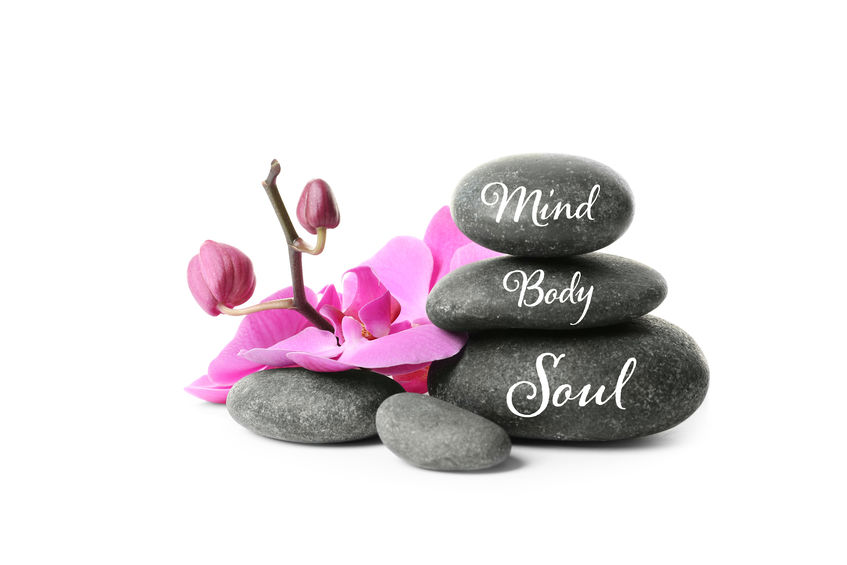 us return to civility?
us return to civility?
Our transition at the ranch – from the standard American diet – felt more complete during Mother’s final days at the table. She was still teaching me by example: Savor it. Savor it all. Every sip – every bite.
I am convinced that adding a pinch of this important ingredient – mindfulness – aids digestion and well-being.
Note: Science-based articles on mindfulness will soon follow.
Reference:
Spencer, Mimi. “Let Them Eat Cake,” The Guardian, November 2004. https://www.theguardian.com/lifeandstyle/2004/nov/07/foodanddrink.features11
Author: Susan Troyer
